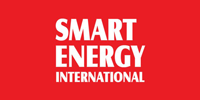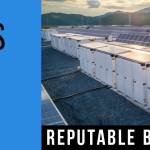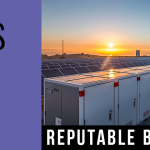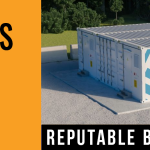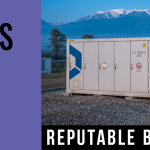
Why are microgrids a good energy solution for hotels? Mike Byrnes, senior vice president Veolia North America, explains in an interview with Yasmin Ali, Microgrid Knowledge con
What kind of hotels are good candidates for microgrids?
Mike Byrnes: Generally, the larger the better, as the capital costs go up significantly per unit when you get smaller. The hotel needs a good mix of thermal and electric demand. And if you’re going to use a combined heat power (CHP) based microgrid, which would generate electricity and heating, you’ll need large amounts of hot water and heat demand. Large cooling demands for things like air conditioning work well too. These can be met with tri-generation systems that provide a combination of electricity, heating and cooling.
Some smaller hotels tend to have individual room air conditioners and heating units; those don’t lend themselves well to a full combined heat and power system, as this needs central infrastructure. Converting from individual heating or cooling units to a central generation system can be very expensive.
If a hotel doesn’t have a large heating demand, a microgrid utilizing solar PV plus storage may be more appropriate. It could help manage electricity costs and increase resiliency.
What type of benefits do hotels generally look for from a microgrid?
MB: Hotels are always looking for the money savings and an appropriate payback. That’s top of the list for everyone. They like the green and sustainability benefits, but a microgrid is generally so capital intensive that it has to pay for itself.
Are there generation sources that are best suited for hotels?
MB: Yes, it depends on the size. In the past we have used small and large reciprocating engines, gas turbines and tri-generation units if the hotel is big enough. Big enough means it’s got to be a major hotel with a conference center, ballrooms, outbuildings and things like that.
The McCormick Place in Chicago had a major CHP plant, thermal storage, chilled water storage, and 24/7 staff. But McCormick Place is one of the four largest convention centers and hotel complexes in the country so they could afford it. Most medium or large hotels will default to reciprocating engines, usually 1 to 3 MW in capacity. These can run unmanned; you don’t need full time 24/7 staff on them.
read more

